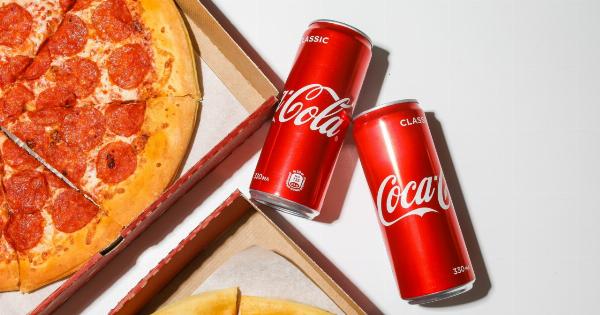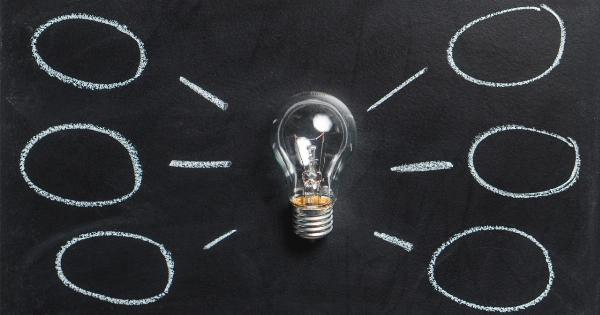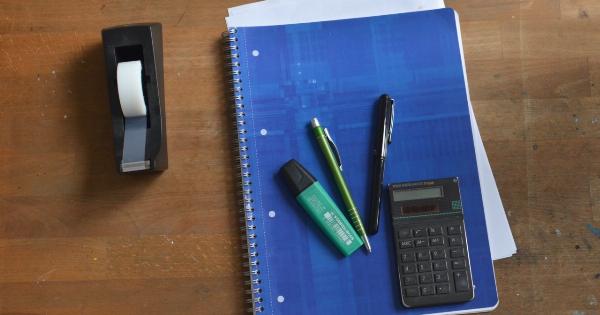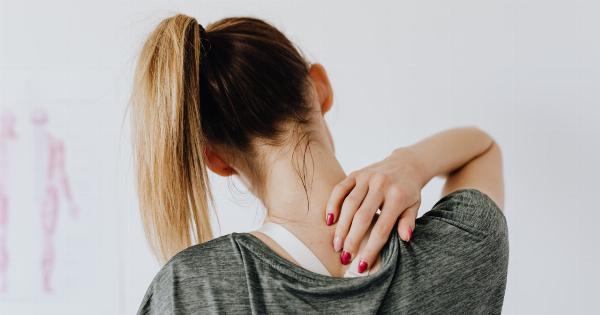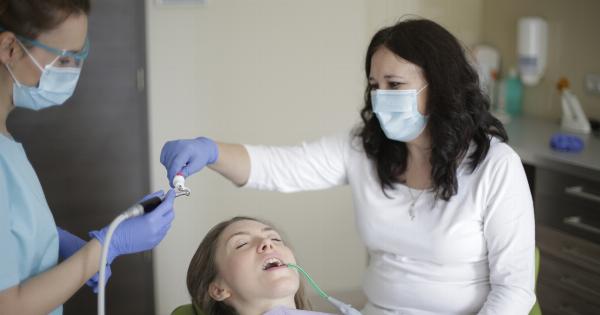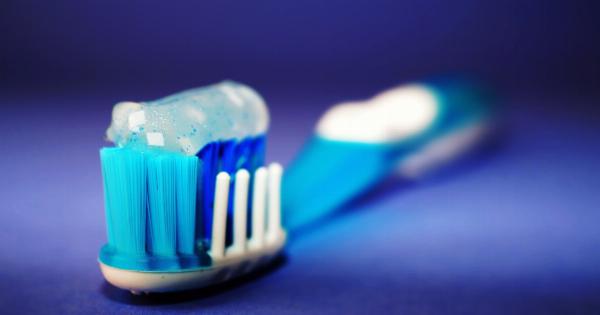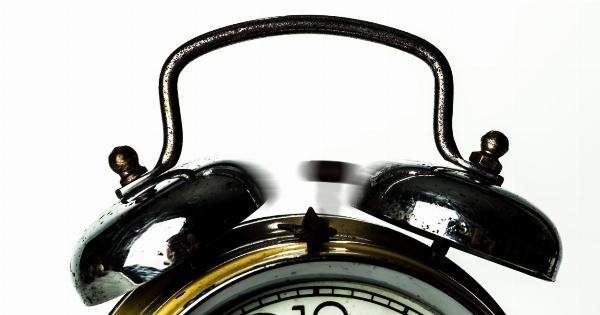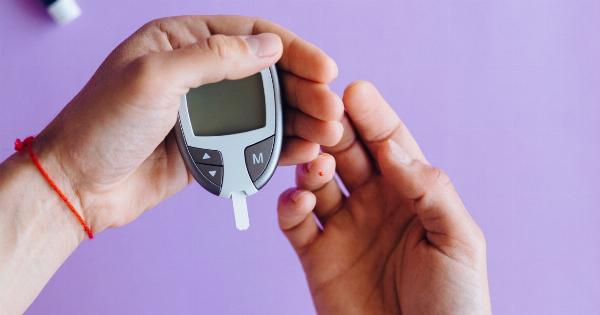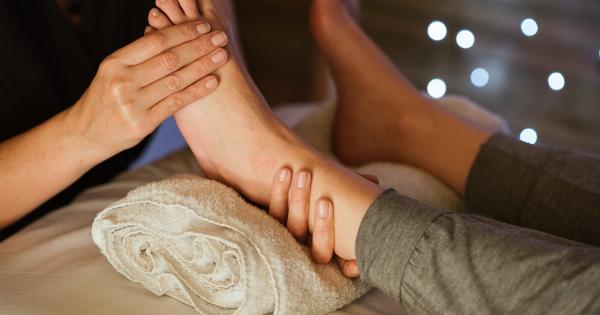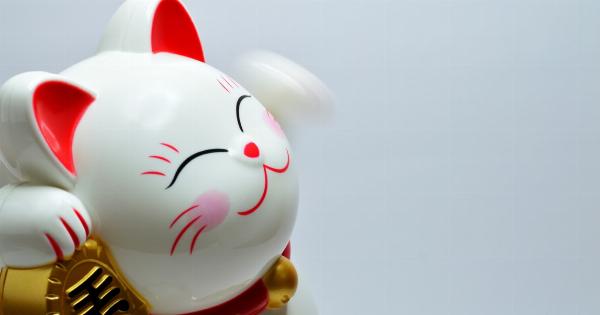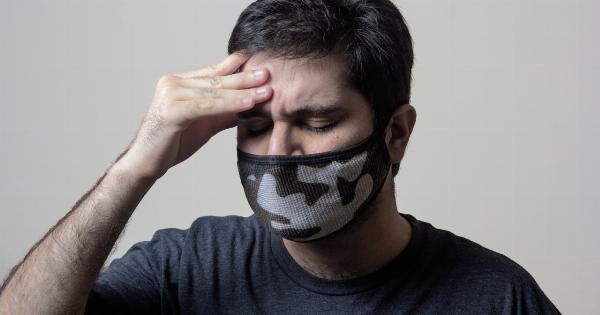Experiencing dental pain can be quite distressing, especially when it affects the left side of your mouth.
Left-side dental pain can range from mild discomfort to severe throbbing pain, and it can interfere with your ability to eat, speak, and go about your daily activities. If you find yourself dealing with left-side dental pain, this comprehensive guide will provide you with useful information and tips on how to manage and alleviate your discomfort.
1. Determine the cause of your dental pain
The first step in dealing with left-side dental pain is to identify its root cause. Dental pain can arise from a variety of issues, such as tooth decay, gum infections, tooth fractures, or even referred pain from other facial structures.
Visit your dentist for a thorough examination to determine the exact cause of your discomfort.
2. Maintain proper oral hygiene
Keeping your teeth and gums clean is essential for preventing and managing dental pain. Brush your teeth twice a day using a fluoride toothpaste and a soft-bristled toothbrush. Don’t forget to clean along the gumline and gently brush your tongue.
Floss daily to remove plaque and debris from between your teeth. Regular dental check-ups and professional cleanings are also crucial in maintaining optimal oral health.
3. Use over-the-counter pain relief
If your left-side dental pain is mild, over-the-counter pain medications can provide temporary relief. Nonsteroidal anti-inflammatory drugs (NSAIDs), such as ibuprofen, can help reduce inflammation and alleviate discomfort.
Follow the recommended dosage instructions and consult your dentist or pharmacist if you have any concerns or medical conditions.
4. Apply cold or heat packs
Applying a cold or heat pack to the affected area can help relieve left-side dental pain. Cold packs can numb the area and reduce swelling, while heat packs can improve blood circulation and promote relaxation.
Wrap the pack in a thin cloth and apply it to the outside of your cheek, near the source of pain. Alternate between cold and heat therapy for maximum relief.
5. Rinse with warm saltwater
A warm saltwater rinse can provide temporary relief for left-side dental pain. Dissolve half a teaspoon of salt in a cup of warm water and gently swish the solution around your mouth for about 30 seconds before spitting it out.
Saltwater rinses can help reduce inflammation and soothe oral tissues.
6. Avoid triggering foods and drinks
Some foods and drinks can exacerbate dental pain, especially if you have sensitive teeth or an underlying dental condition. Avoid extremely hot or cold foods, as they can trigger sharp pain.
Steer clear of sticky and sugary foods that can lead to tooth decay and gum problems. Opt for a balanced diet rich in fruits, vegetables, lean proteins, and whole grains to support overall oral health.
7. Try desensitizing toothpaste
If your left-side dental pain is related to tooth sensitivity, using a desensitizing toothpaste may help. These toothpastes contain ingredients that block the sensations of pain and discomfort.
Brush with a desensitizing toothpaste at least twice a day, and continue using it as a preventive measure even after your symptoms subside.
8. Consult your dentist for treatment options
If your left-side dental pain persists or worsens, it’s crucial to seek professional dental care. Your dentist will assess your condition and recommend suitable treatment options.
Depending on the underlying cause, treatments may include dental fillings, root canal therapy, gum disease treatment, or other interventions to address your specific dental issue.
9. Practice stress management techniques
Stress can exacerbate dental pain and contribute to teeth grinding or jaw clenching, which can lead to further discomfort.
Incorporate stress management techniques into your daily routine, such as regular exercise, deep breathing exercises, meditation, or engaging in hobbies that help you relax. Managing stress can have a positive impact on your overall well-being, including your oral health.
10. Follow post-treatment instructions
If you undergo any dental procedures to address your left-side dental pain, it’s essential to follow the post-treatment instructions provided by your dentist.
This may involve taking prescribed medications, avoiding certain foods or activities, or following specific oral hygiene routines. Adhering to these instructions will help ensure proper healing and reduce the risk of complications.


